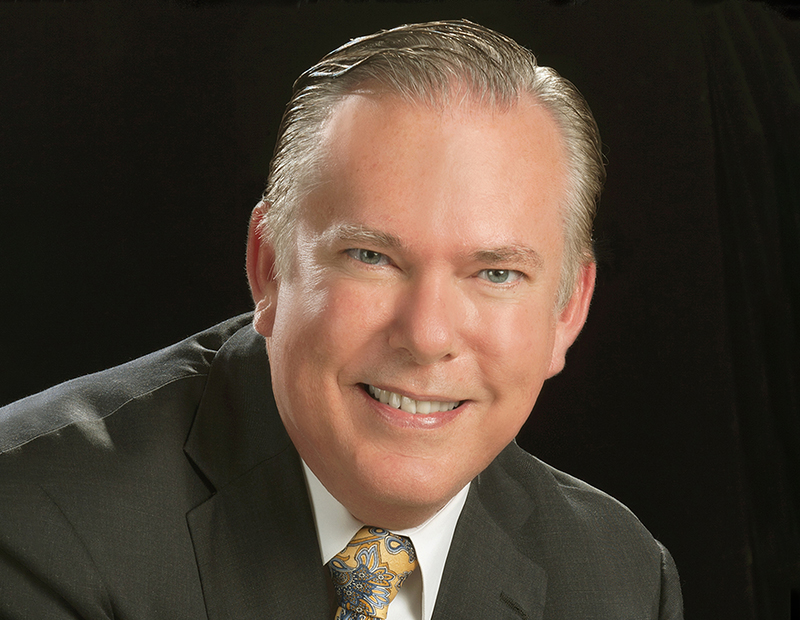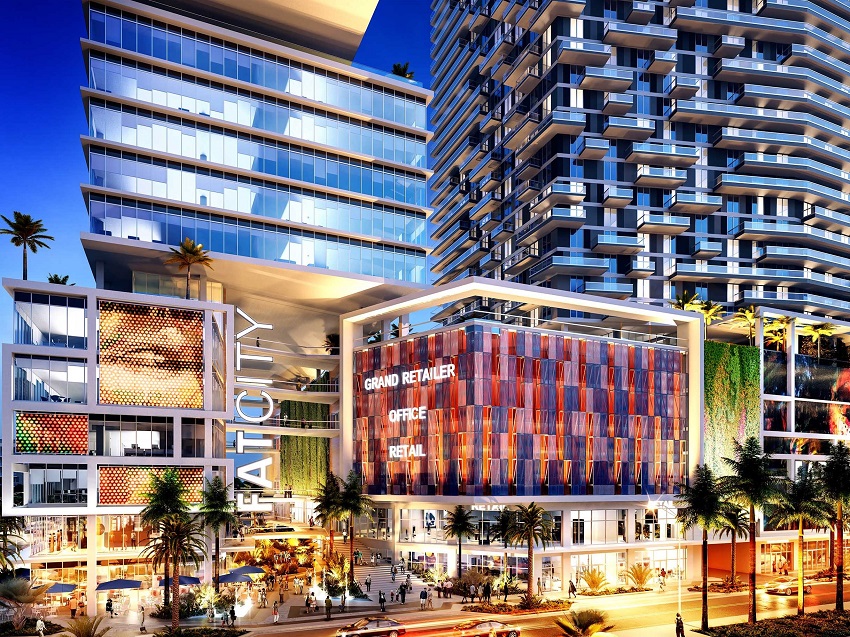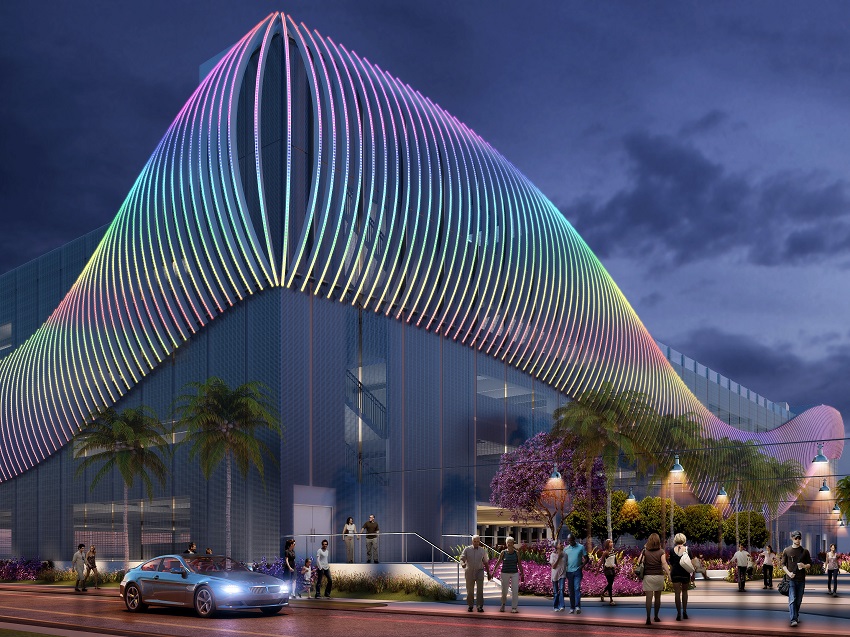All Aboard! How South FL’s New Rail Line is Driving Development
The nation’s first new private rail service in a century starts early next year, and investment is on a roll. Greater Fort Lauderdale Alliance CEO Bob Swindell talks with CPE about the impact of Brightline.
By Laura Calugar
The Sunshine State is about to get brighter and brighter, with the country’s first new private rail service in a century preparing to launch in 2018. Brightline has long been hailed as a game changer for South Florida, and it’s clear that the business community is not waiting for its official launch in order to break ground on new projects along the route. Whether they’re building hotel, residential, retail or office, investors are flocking to Broward County.
Once defined by sprawl, the Fort Lauderdale region is paving its way to a more urban, vertical and connected future. Several investments have taken shape near the downtown Fort Lauderdale Station, since Brightline was officially approved in 2014. According to the Greater Fort Lauderdale Alliance, Broward County’s official public-private partnership for economic development, more than $43 million has already been invested within a one-mile radius along its route, in Broward County alone. Greater Fort Lauderdale Alliance CEO Bob Swindell explained how the rail project is reshaping southern Florida.
What is the current status of Brightline and when do you expect it to become operational?
Bob Swindell: Brightline has also already begun simulated service with 10 north and southbound trains running daily between Palm Beach and Broward County. Limited express passenger service between Fort Lauderdale and West Palm Beach is projected to begin this month, with routes to and from Miami launching as early as January 2018.
What economic impact do you expect this express train service will have in the long run?
Swindell: Greater Fort Lauderdale’s diverse population, moderate cost of living and favorable tax policies are already appealing to the more than 200 corporate headquarters in the region. By connecting the three counties, Brightline will open up the South Florida corridor, providing employers with instant access to an even deeper talent pool, as well as offering residents more choices to live and work across counties.
Brightline is a major step toward creating a sophisticated public transit infrastructure that fosters the type of walkable, mixed-use environments that today’s professionals—and the companies looking to employ them—are actively seeking out. This new level of mobility and the development it has spawned will be a major selling point in retaining and attracting the skilled, high-paying jobs that are propelling our economy forward.
What kind of investments have already been made along Brightline’s route?
Swindell: Developers have been betting big on Brightline long before a single train left the station. A slew of high-density, mixed-use projects have been launched in Fort Lauderdale since Brightline was approved, further transforming our community into a walkable hub for new development. A prime example of this is Traina’s FAT City (Flagler Arts and Technology). PMG Group also recently secured a $153 million construction loan for a new mixed-use project along Fort Lauderdale’s riverfront that will include “social living” rental communities and a public plaza that will offer various restaurant, nightlight and entertainment options.
Major projects underway
FAT City encompasses 1.4 million square feet of mixed-use space that will foster Broward’s growing urban community of artists, technology businesses and young professionals. The project stretches an entire city block along the east side of Andrews Avenue. The lot is an assemblage of five contiguous parcels of land totaling 2.7 acres in Flagler Village, downtown Fort Lauderdale. Ultimately, the project will include two 30-story towers that will feature 270,000 square feet of office, retail and potentially a hotel, 612 residential units and a 1,300-space covered parking. FAT City will connect the Central Business and Arts Districts through pedestrian-oriented walkable streets, access to Brightline’s high-speed rail station and an on-site Wave Streetcar stop.
“Fort Lauderdale has attracted some amazing corporations, cultural attractions and a growing and diverse populous. The only missing link up until now is the convergence of all these elements in a self-contained urban setting. Our plans call for more than 1.3 million square feet of mixed-use development within the most burgeoning area of Fort Lauderdale. We want to harness the city’s energy into a unique work-learn-play-live environment,” said The Traina Cos. Senior Vice President & COO Joseph Traina Jr., for CPE.
Another ambitious development underway is Skanska’s Las Olas Boulevard corridor project. The company signed a $49.3 million contract for the corridor’s renovation. The project includes adding a 670-space parking garage, new canopy, public spaces and interactive water features that will improve the pedestrian experience and help connect the city’s waterfront.
“The Fort Lauderdale area is making significant investments in improving its infrastructure to better serve its growing residential and business community, as well as number of visitors. As Skanska works to renovate the Las Olas Boulevard corridor, passengers benefiting from the train system will be just a short ride from enjoying the public spaces,” MacAdam Glinn, account manager and senior vice president of Skanska’s building operations in South Florida, told CPE.
Images/video courtesy of The Greater Fort Lauderdale Alliance, The Traina Cos., Skanska & Brightline










You must be logged in to post a comment.